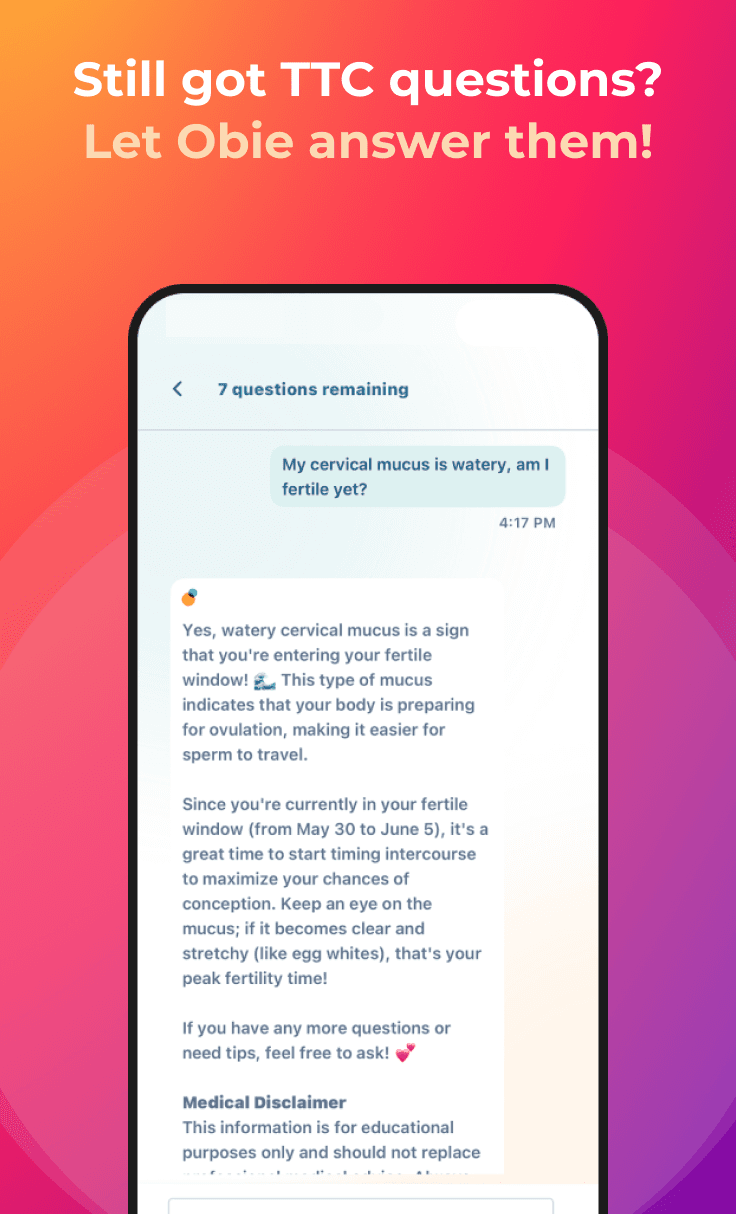Causes of Luteal Phase Defect (LPD)
Menstrual Cycle
Obie Editorial Team
There are essentially three causes of LPD:
- poor follicle production
- premature demise of the corpus luteum
- failure of the uterine lining to respond to normal levels of progesterone
These problems can be found alone or in combination.
1. Poor follicle production has its origins in the first half of the cycle. The follicle ultimately becomes the corpus luteum. Poor follicle formation leads to poor corpus luteum quality. Inadequate follicle development may be caused by an abnormal level of FSH, or the ovaries not responding strongly to the FSH. A poor corpus luteum will produce inadequate progesterone, causing the uterine lining to be inadequately prepared for the implantation of a fertilized egg. Ultimately, progesterone levels may drop early and menses will arrive sooner than expected.
2. Premature failure of the corpus luteum can occur even when the initial quality of the follicle/corpus luteum is adequate. For reasons not wholly understood, the corpus luteum sometimes does not persist as long as it should. Initial progesterone levels at 5-7 days past ovulation may be low; even if they are adequate, the levels drop precipitously soon thereafter, again leading to early onset of menses.
3. Failure of the uterine lining to respond can occur even in the presence of adequate follicle development and a corpus luteum that persists for the appropriate length of time. In this condition, the uterine lining does not respond to normal levels of progesterone. Therefore, should an embryo arrive and try to implant, the lining will not be adequately prepared, and the implantation will likely fail.








